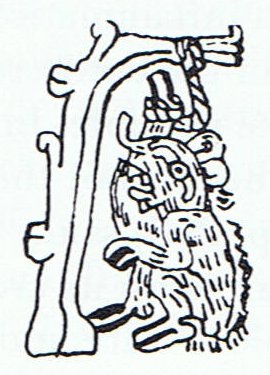6. In line Ha9 my estimate for the number of 'burnt glyphs' (before tagata in *Ha9-47) is 13, which means *47 = *13 + 34. In line Ha11 the corresponding number of 'burnt glyphs' (before tagata in *Ha11-52) is 22, which means *52 = *22 + 30. Disregarding the 'burnt glyphs' the key numbers will be 372 = 93 * 4, 330 = 11 * 30, and 341 = 11 * 31. And the ordinal number of e.g. *Ha9-47 will not be *496 - which includes the accumulation of the estimated number of burnt glyphs (5 + 3 + 8 + 13) - but 433 + 34 = 467 (cfr the tables below):
The game is complicated and I have only indicated with red the most obvious of the possible number signs. However, these suggest we should count with 'imagined glyphs in the burnt area'. For instance is the difference between *996 (at the last tagata) and *496 at *Ha9-47 apparently significant. Ordinal number 47 indicates a Sunday and 500 days ahead there will be a day of Mercury. Also, the number of glyphs on side a will then become 666 (the number of the Beast):
But the Mayan so-called 'Mars Beast' has a higher number, viz. 780 (= the number of days in the synodic cycle of Mars): "... It has been called the Mars beast because of its association with a table of multiples of 780 days ... Seeler drew attention to a representation which shows it with a quite long tail and a rather serrated back, as well as the hooves and elongated snout of the other representations.
He thought it was a composite 'lightning beast' with mixed characteristics. He also compares it with the crocodilian sky monster of Dresden, which is also depicted with hooves. Sky associations and peccary characteristics seem dominant, and I prefer to call it simply a 'sky peccary' ..." (Kelley, Deciphering the Maya Script.) |
||||||||||||||||||||||||||||||||||||||||||||||||||||||||||||||||||||||||||||||||||||||||||||||||||||||||||||||||||||||||||||||||||||||||||||||||||||||||||||||||||||||||||||






